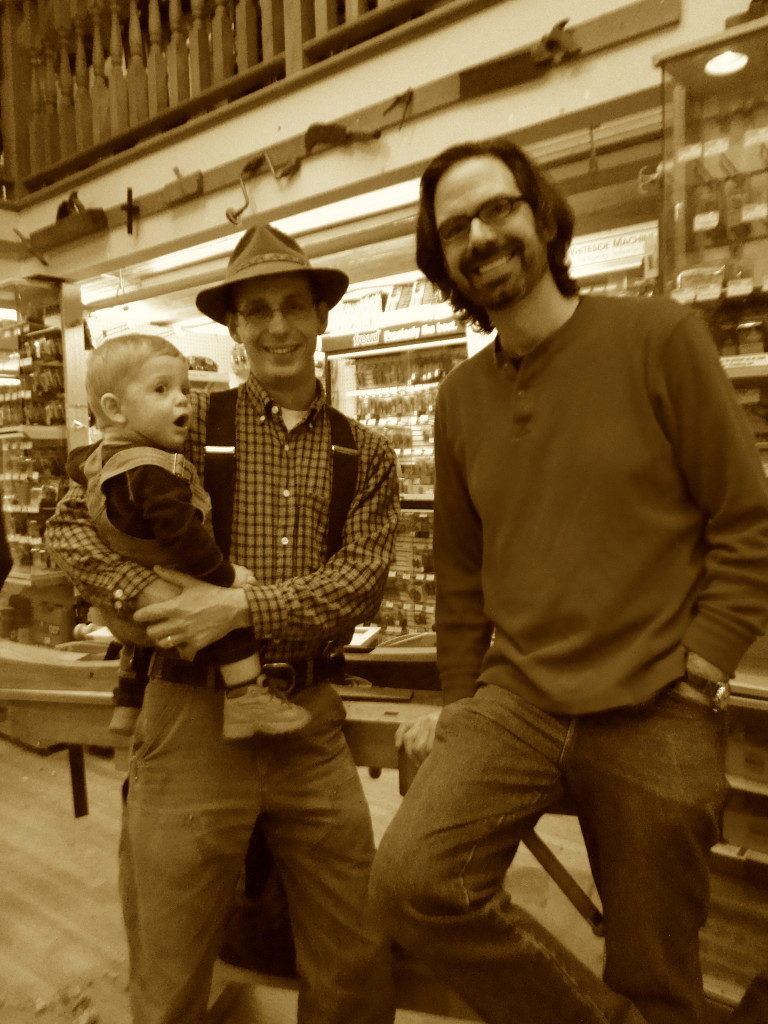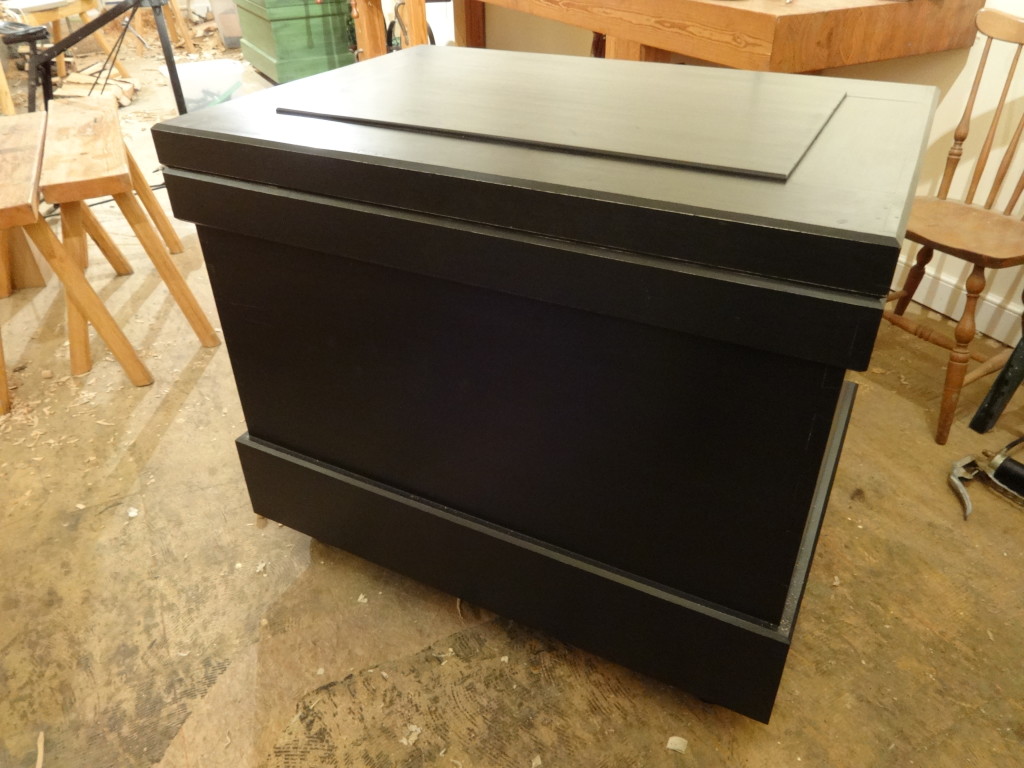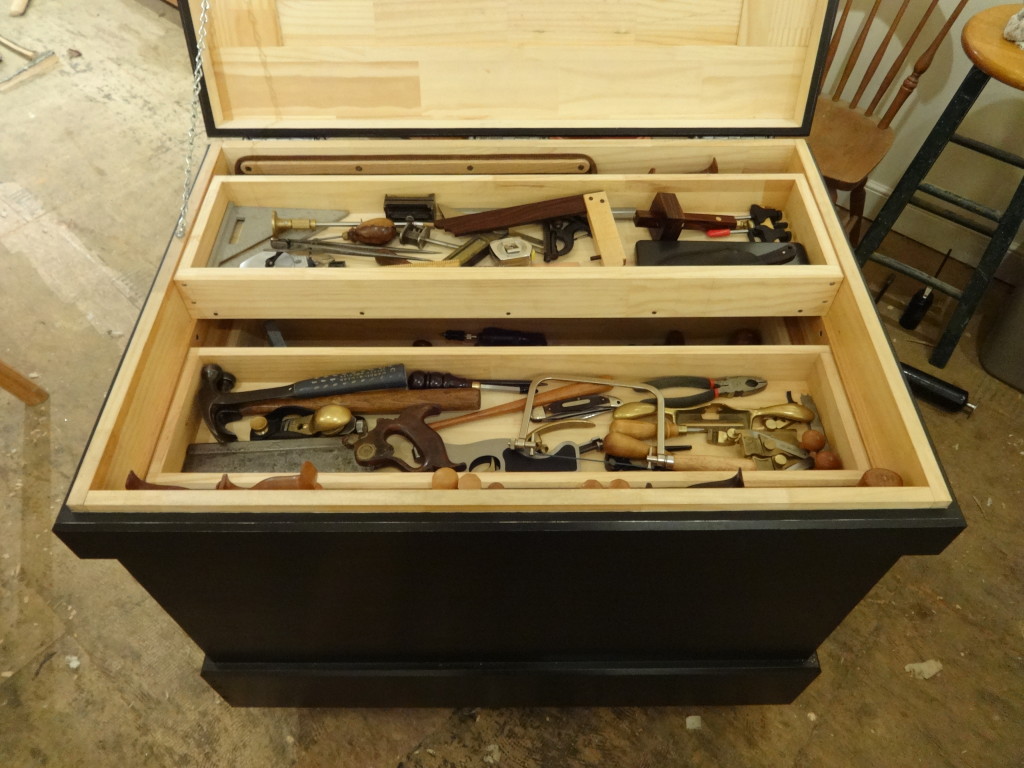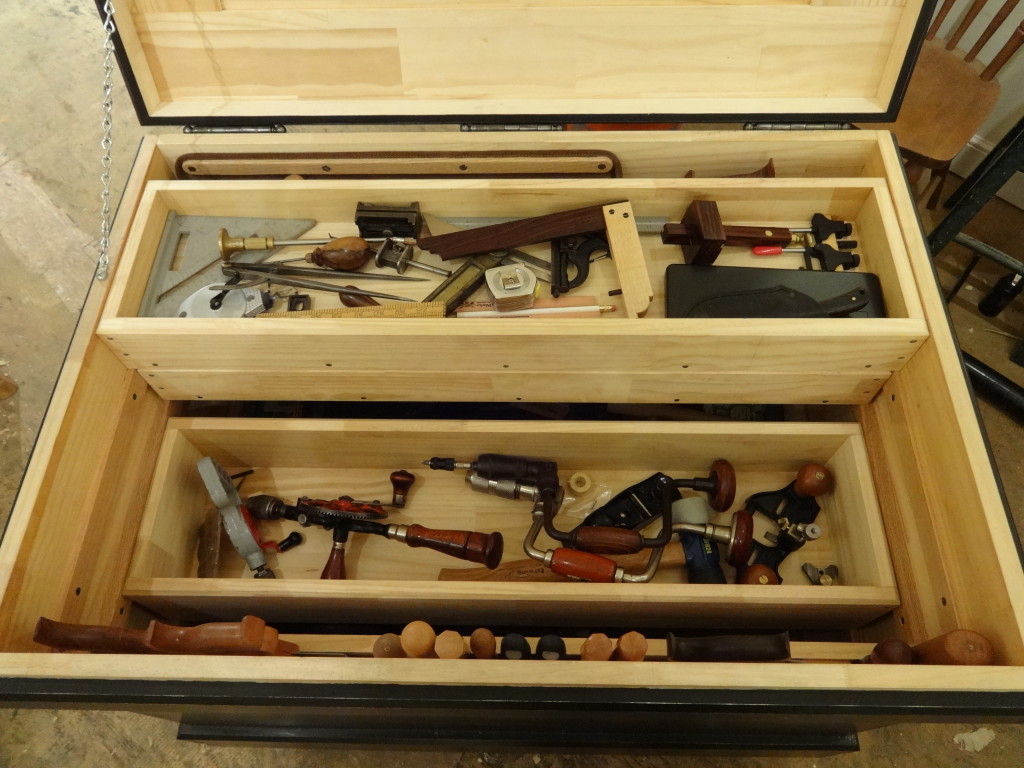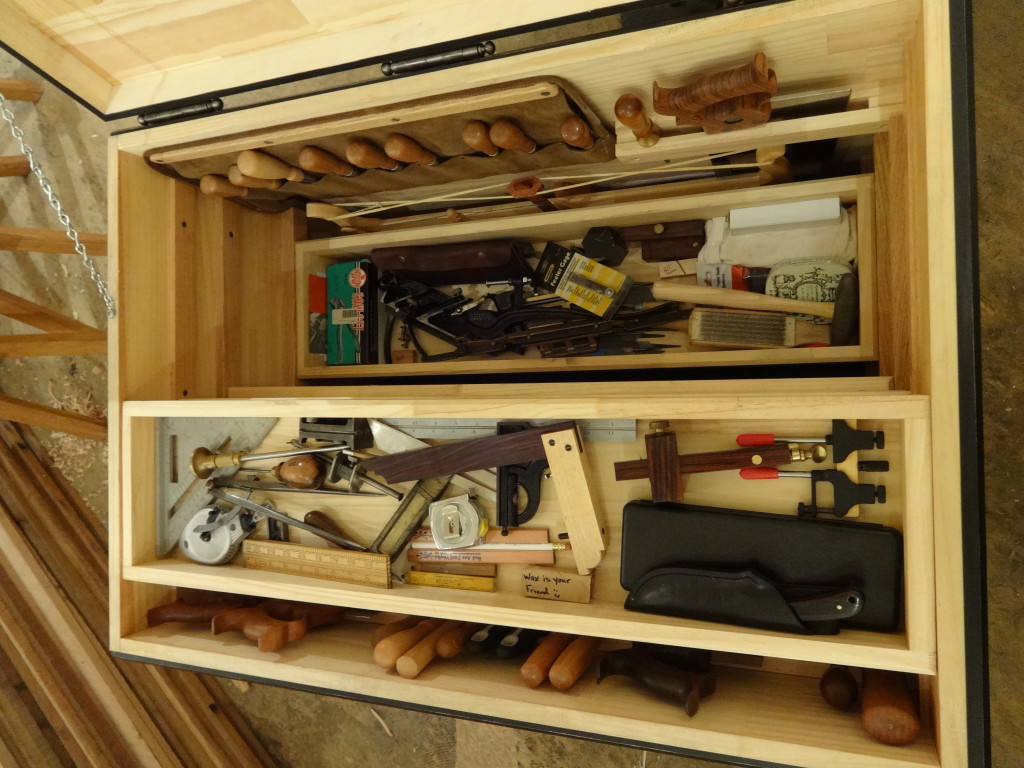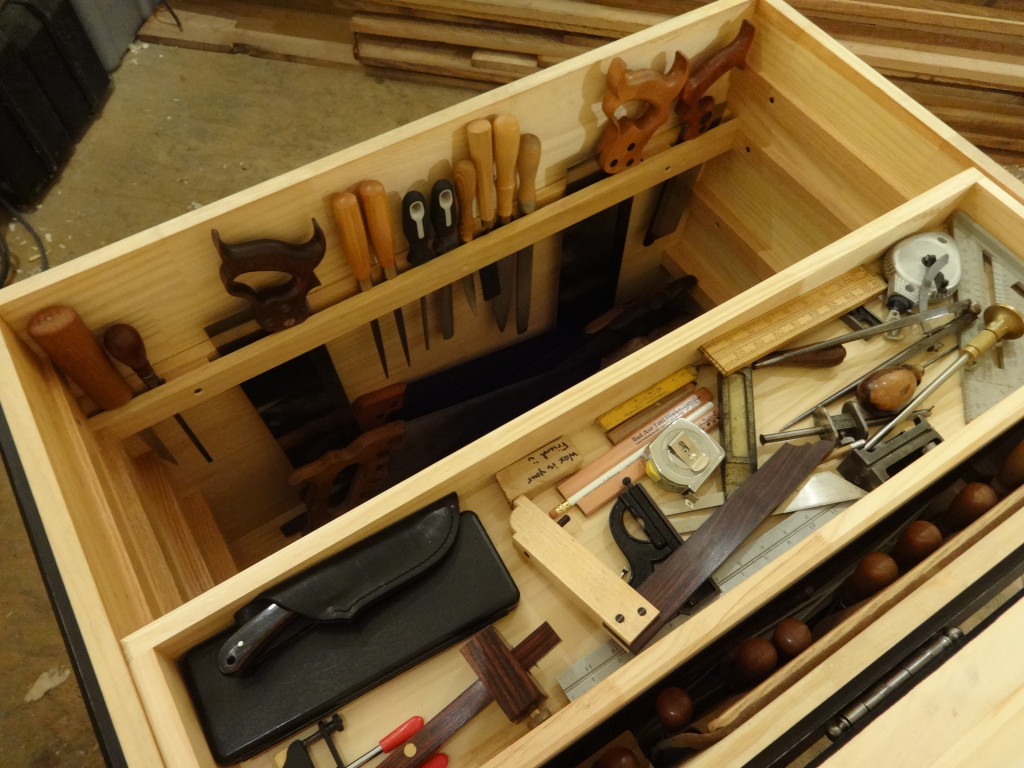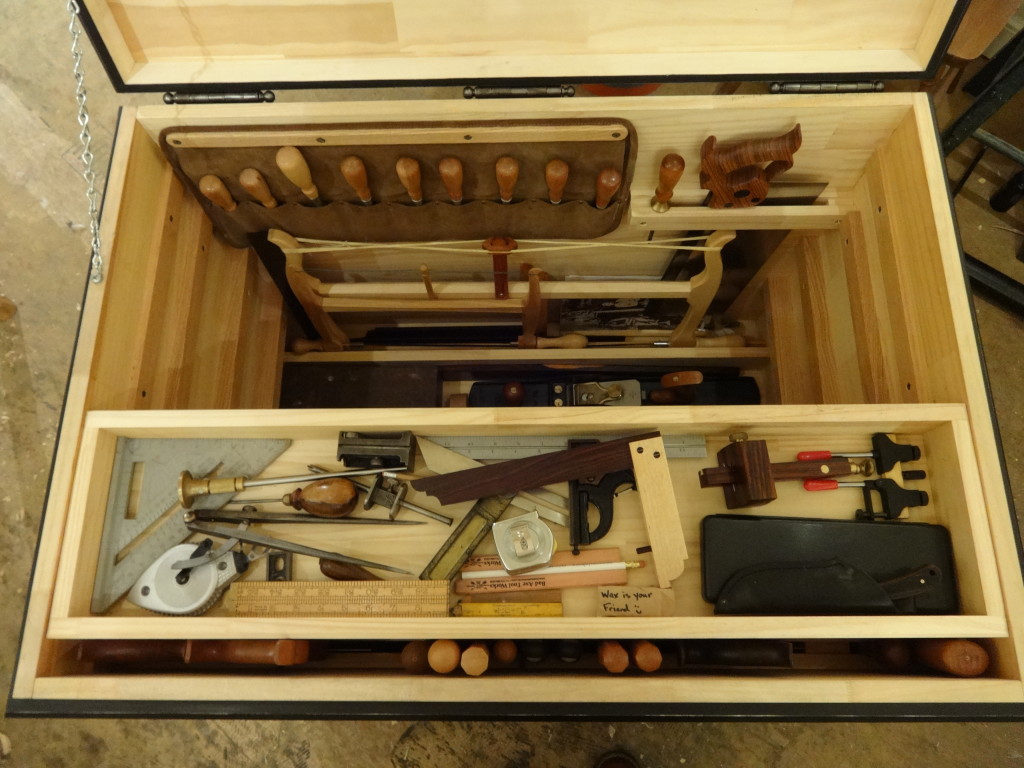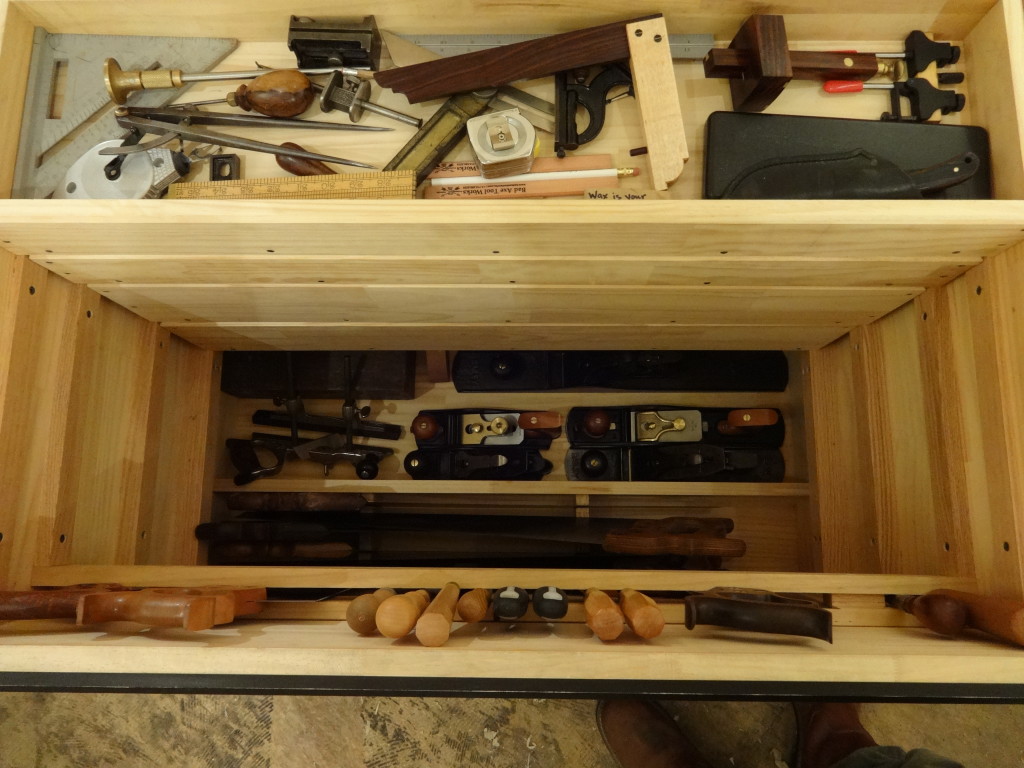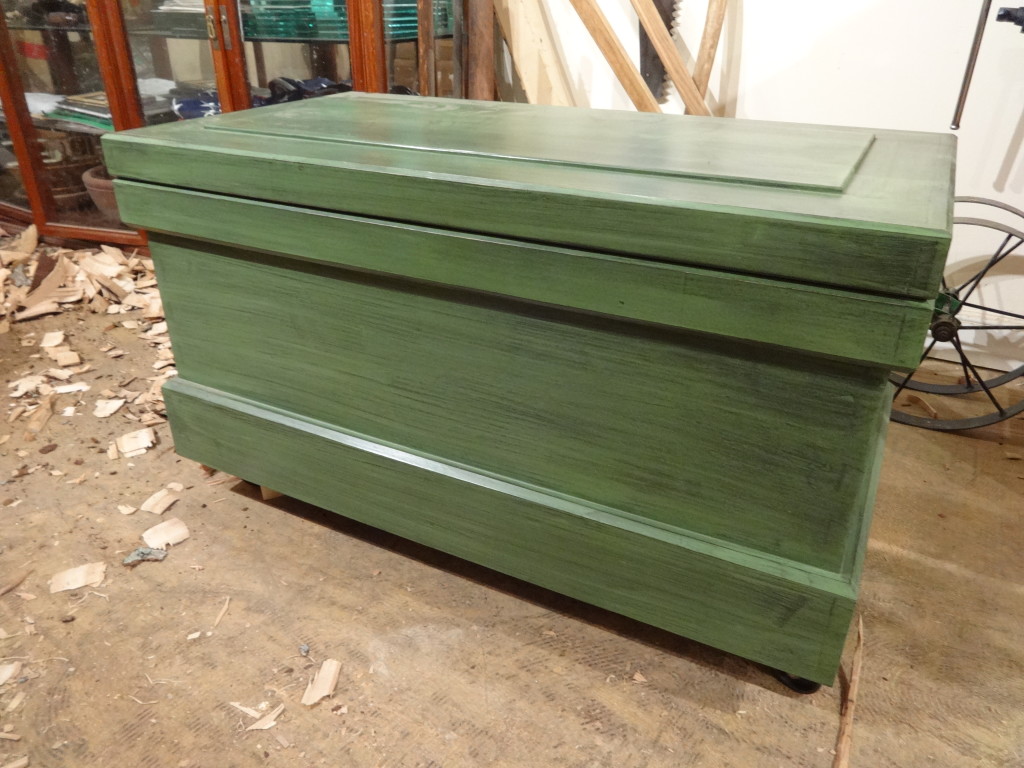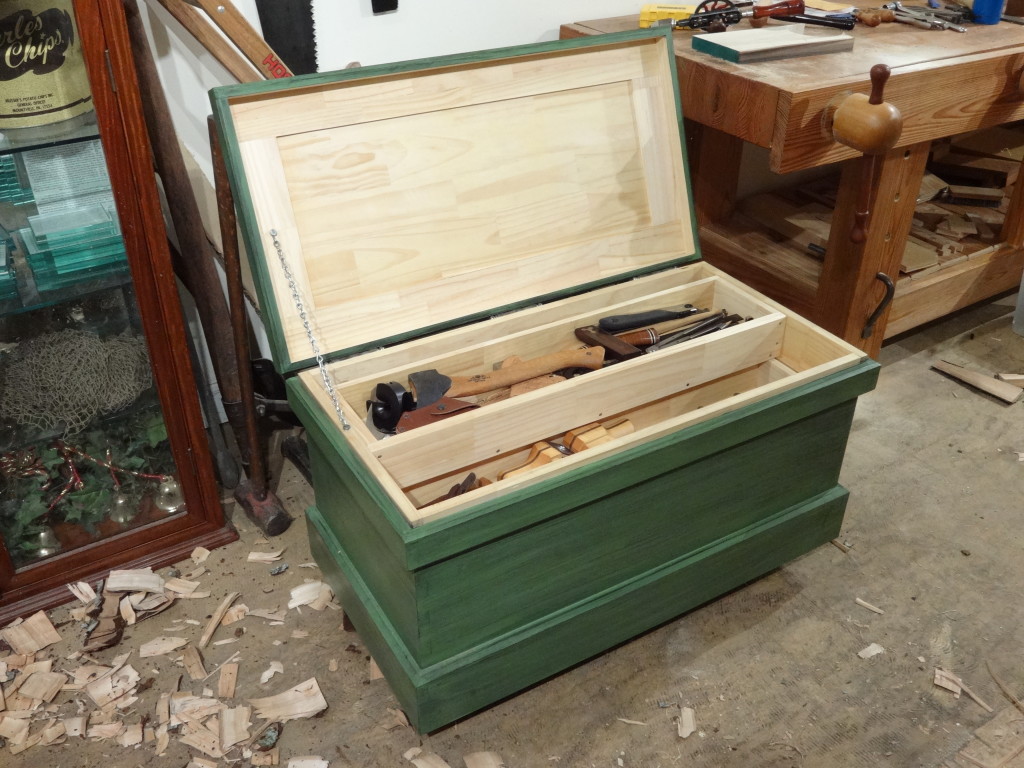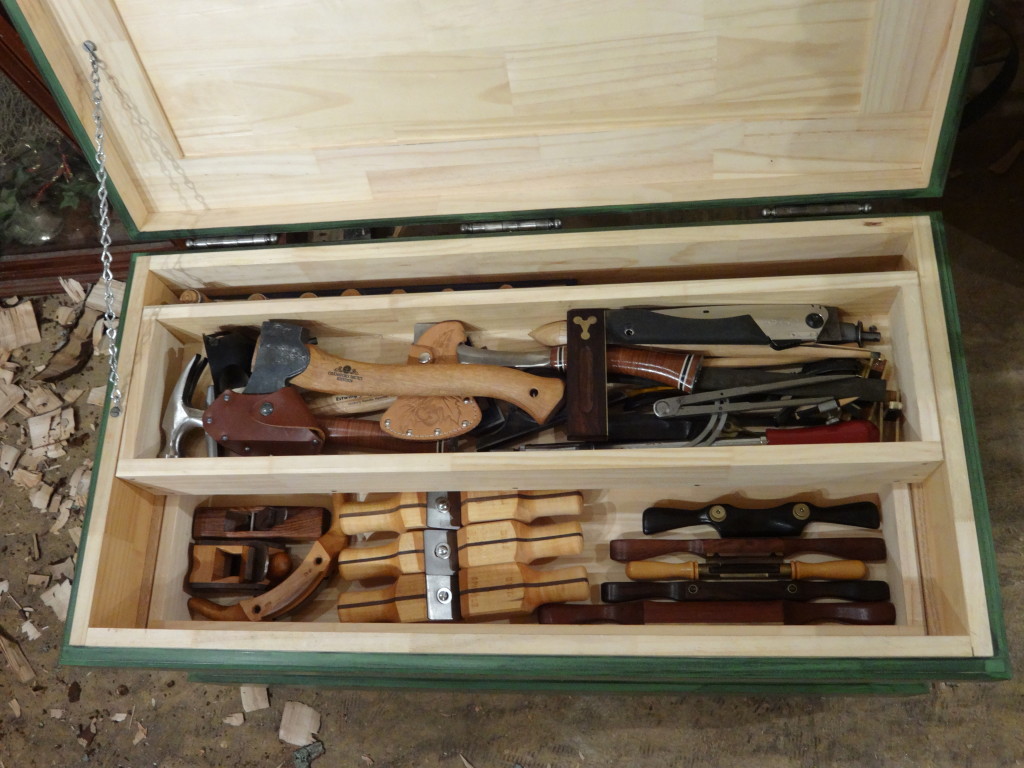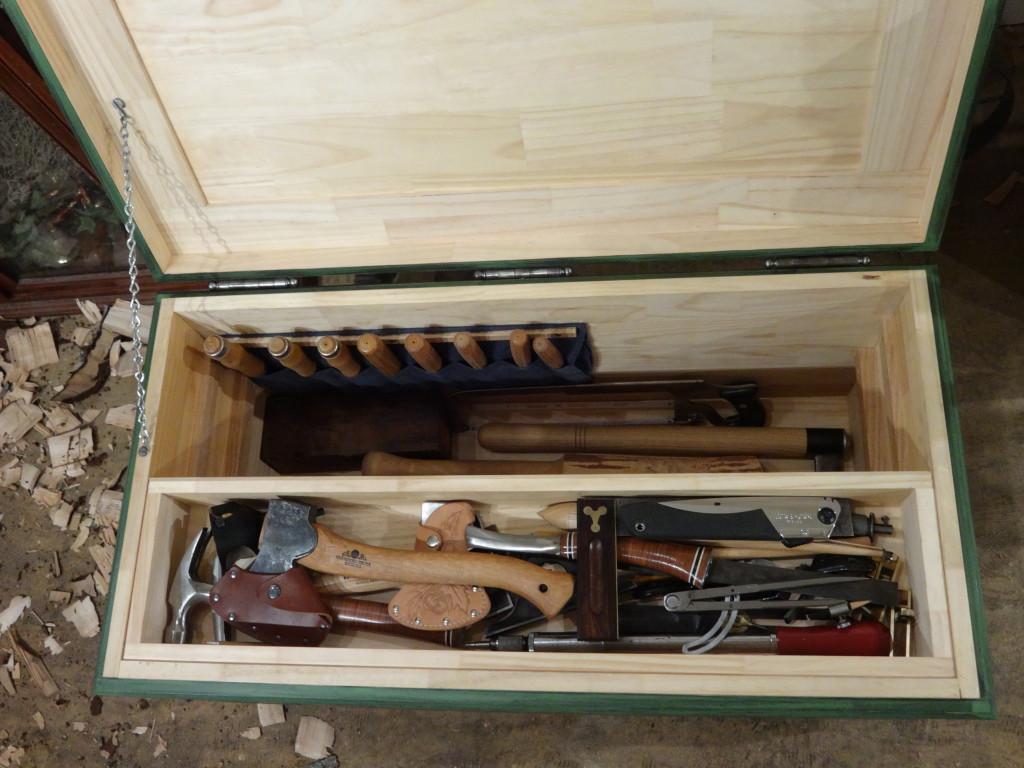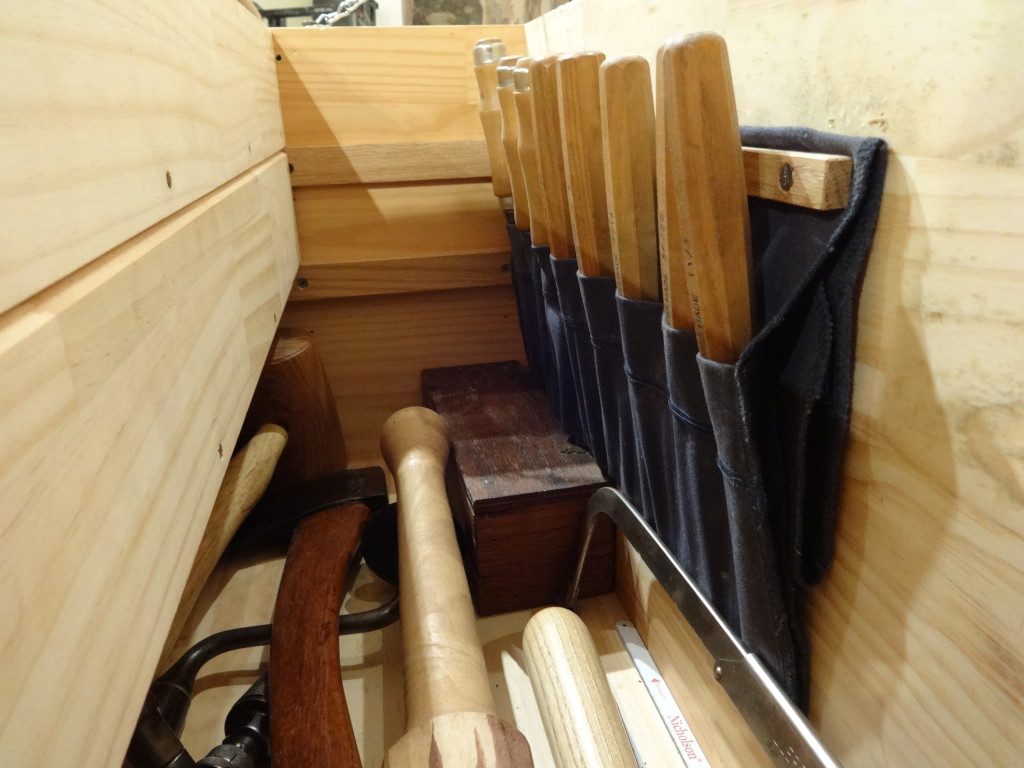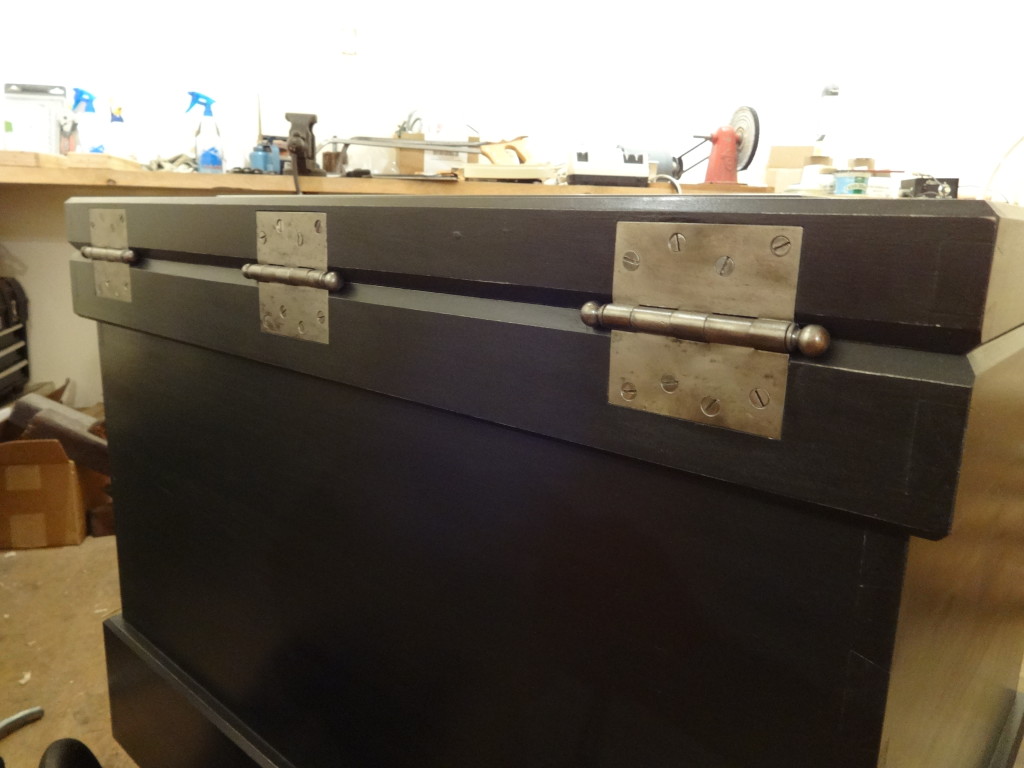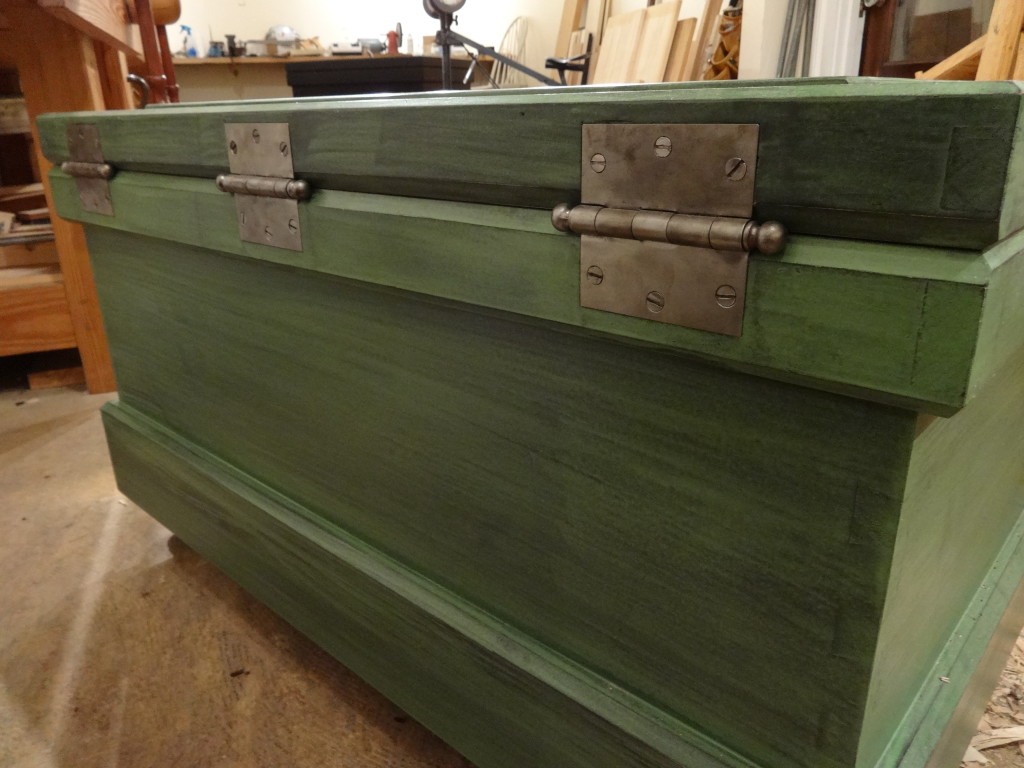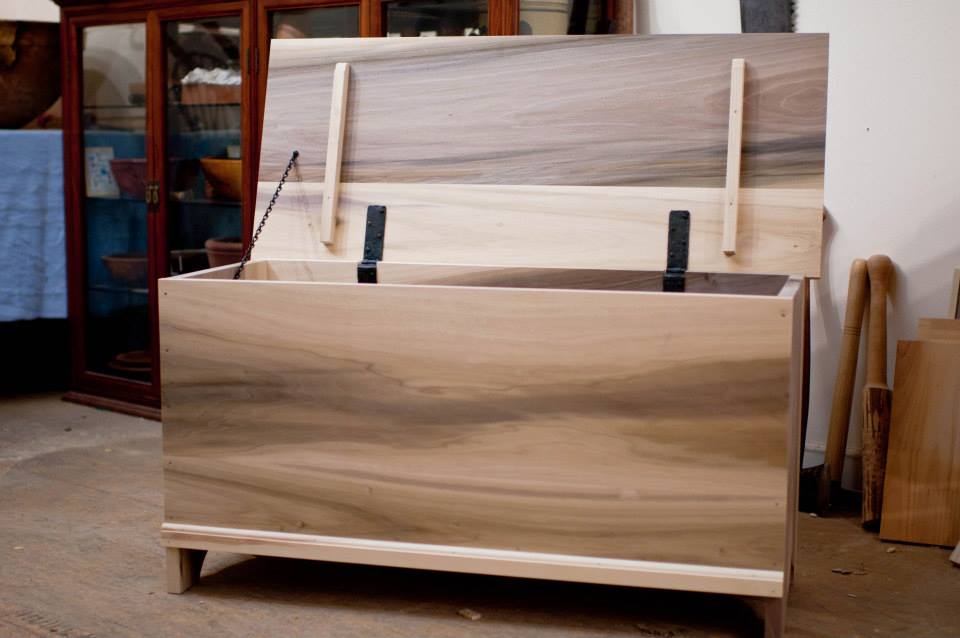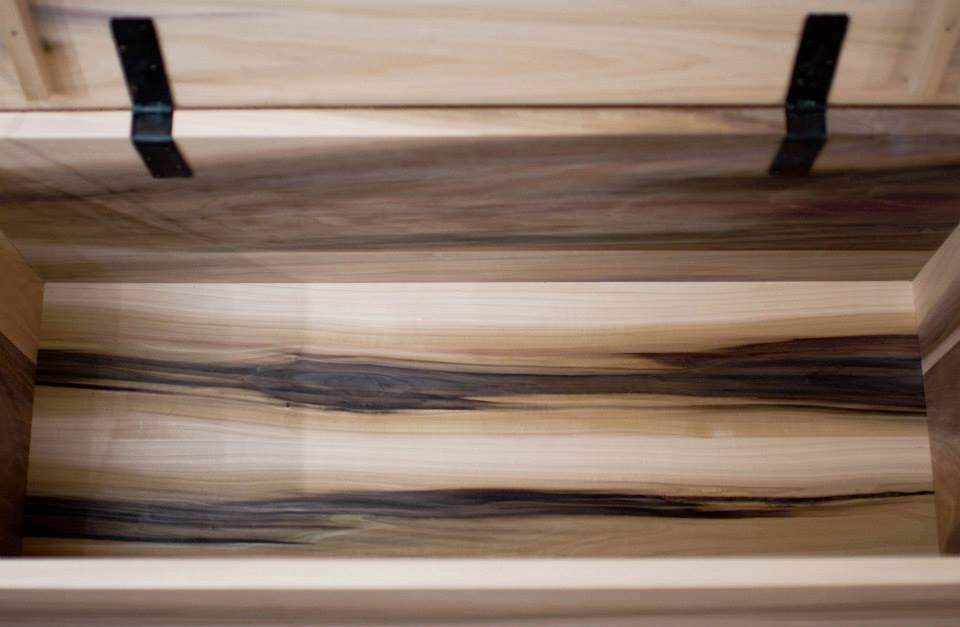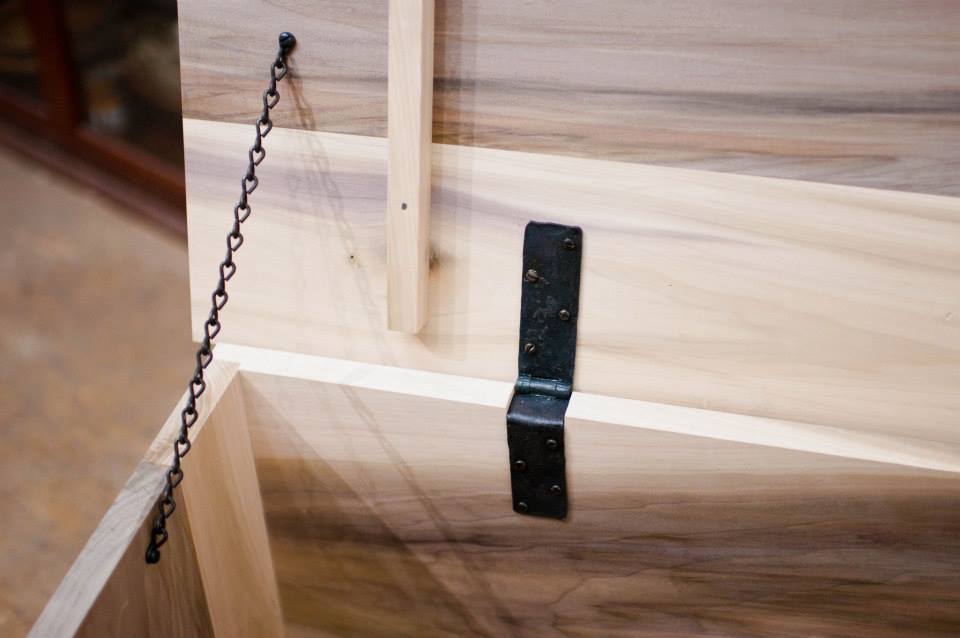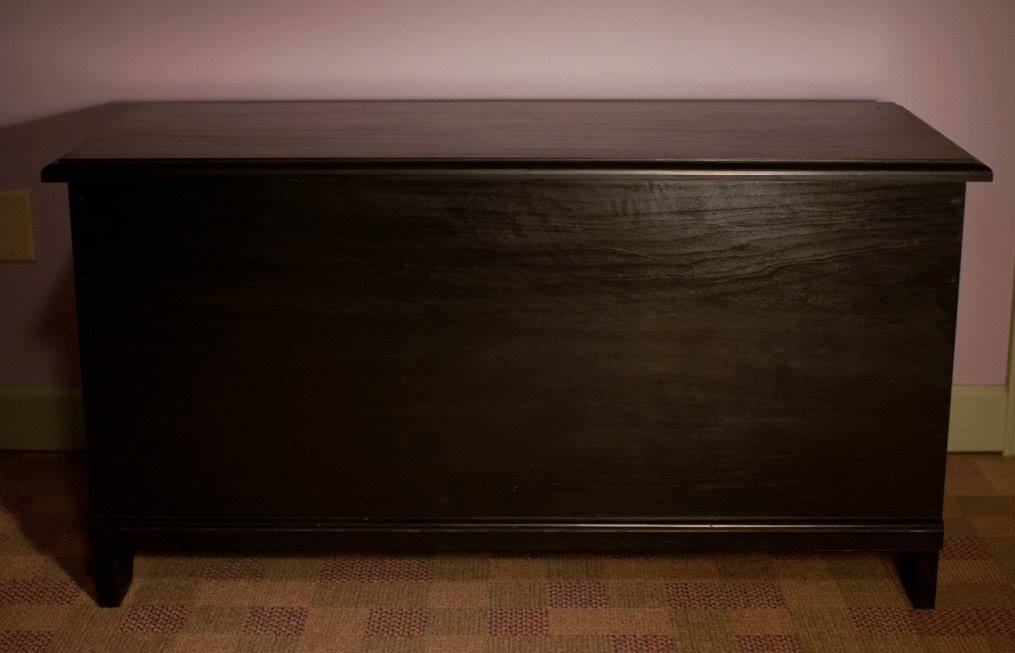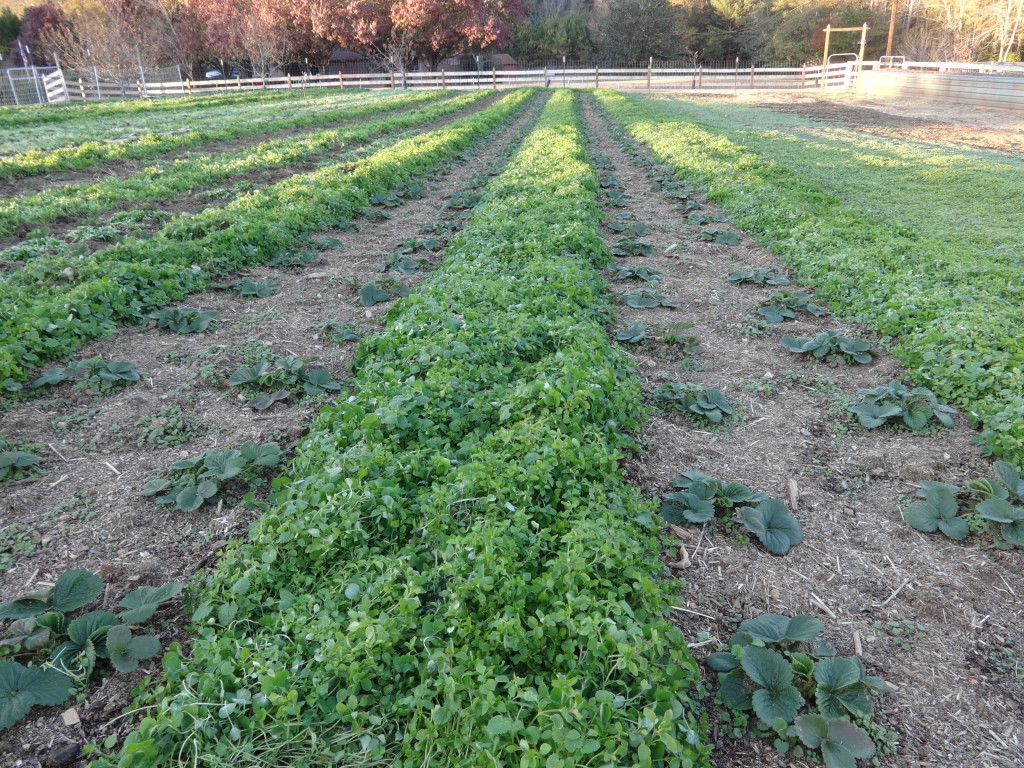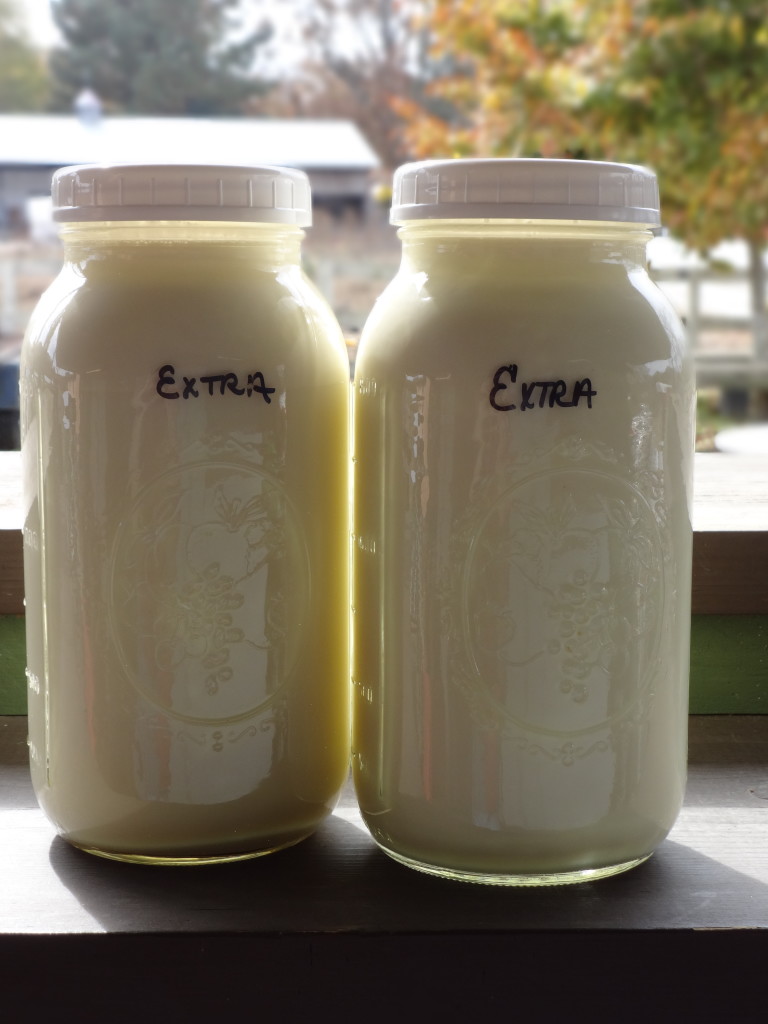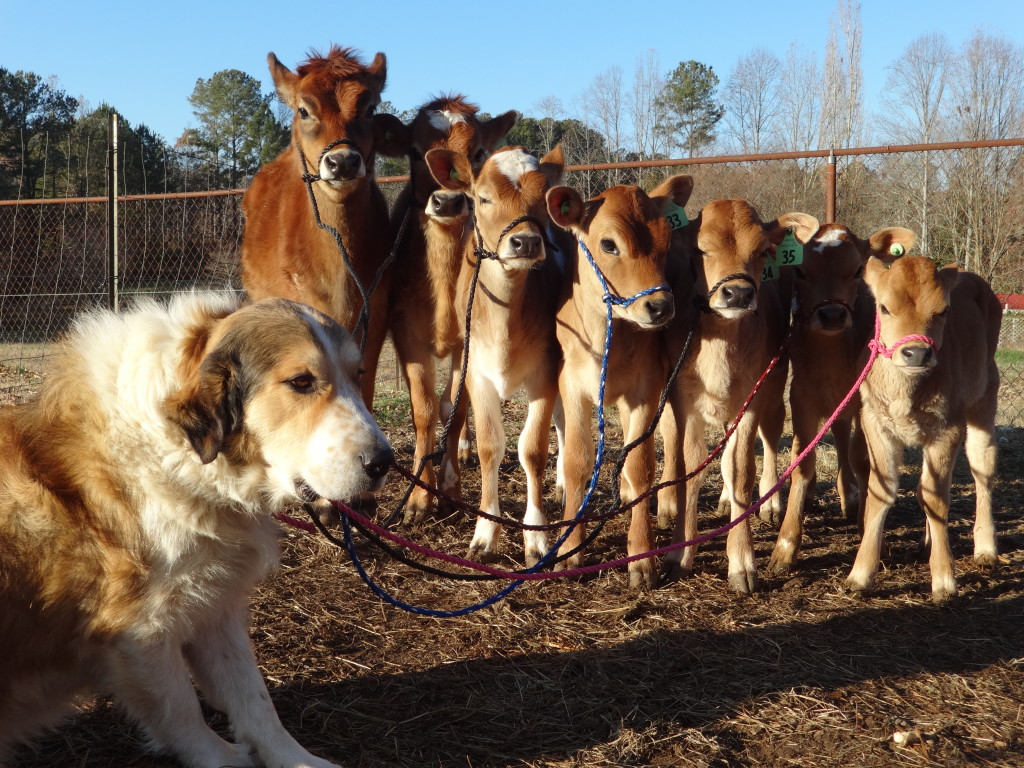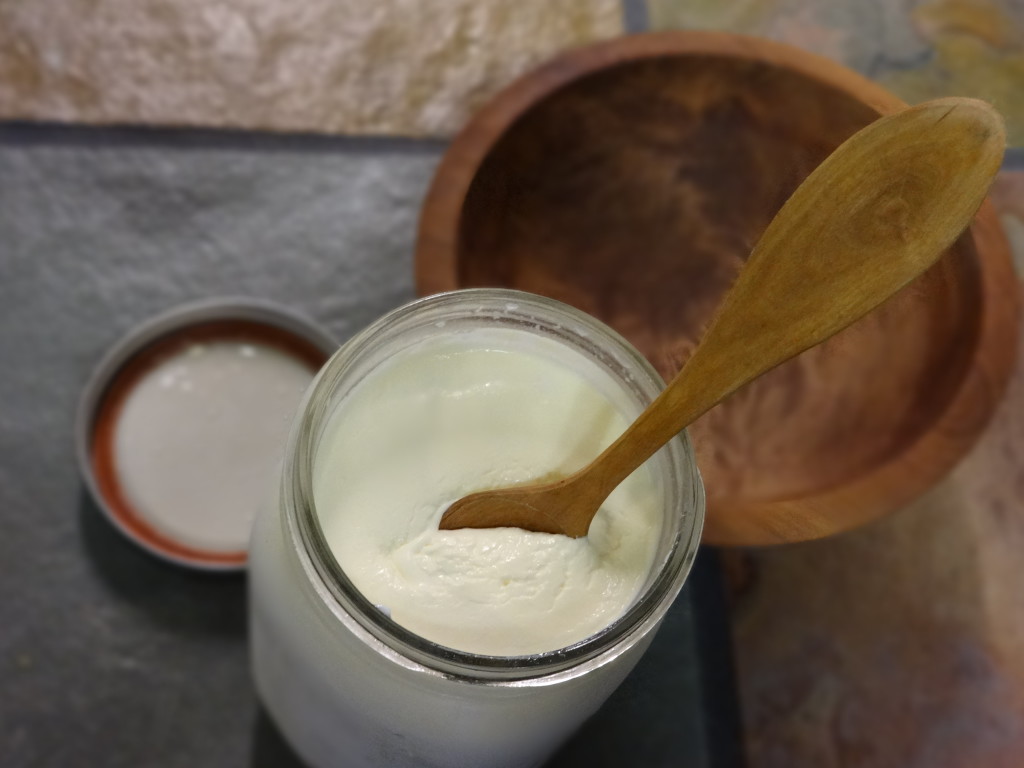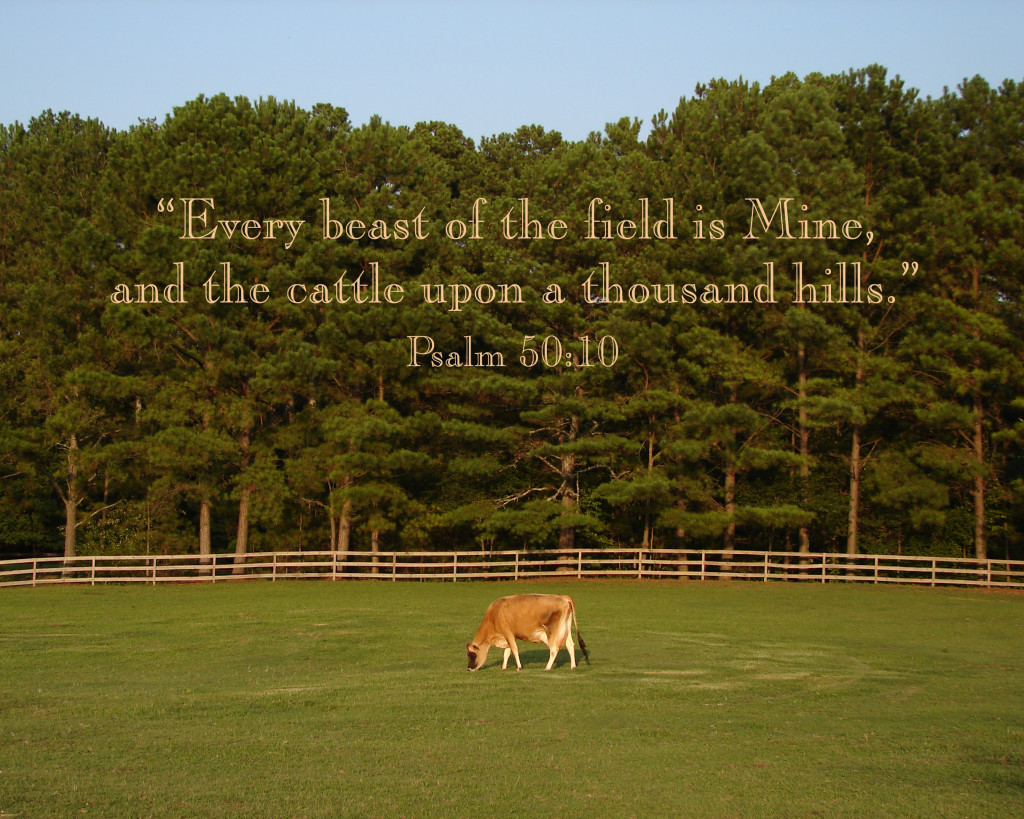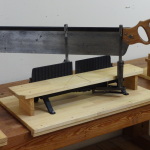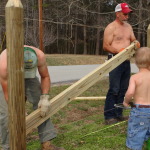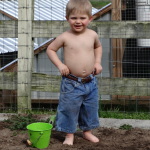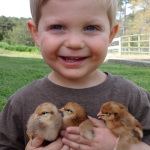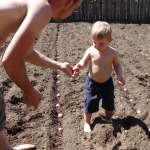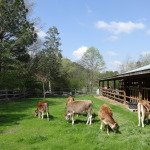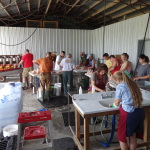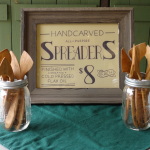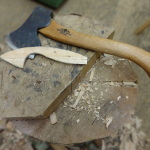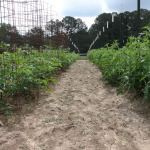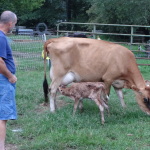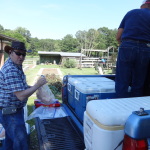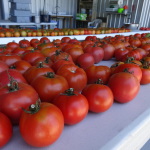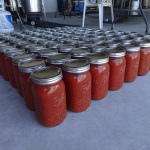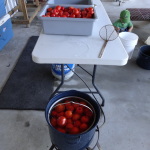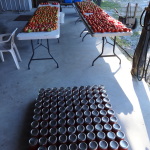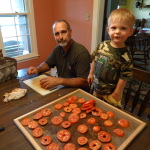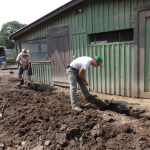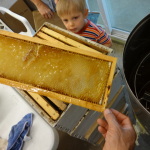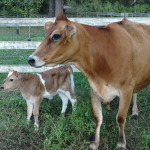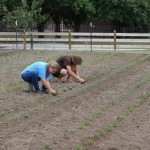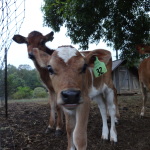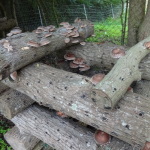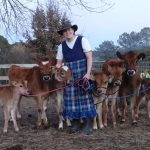As my family and I continue to pursue our Country Roads, we’ve made a very curious observation. Technology has supplied us with a seemingly infinite number of ‘time-saving’ gadgets. From the washing machine to the milking machine we’ve found a way for an electric motor, or some kind of electronic device, to do the work that has been done by hand for centuries. So, net result, tons of leisure time, right? Well, sure, in a manner of speaking: we don’t tote water around on our heads, it’s piped into our homes (plus fluoride and chlorine!), but has anybody’s schedule slowed down to a wonderfully slow pace, full of time to stop and smell the roses, sip your morning coffee, and play a little ball with the kids?
Our curious observation is this: nobody’s lives have slowed down, we all get 24 hours to eat, work and play just like every other human being that has ever lived. We certainly have avoided most manual labor in our 21st century lives, but we didn’t realize two aspects of what I’ll call the “lie of time-saving technology“.
One is this: if I’ve got a washing machine and my neighbor washes their clothes in an iron pot over a fire, then I can wash my clothes in less time than they can, assuming I can pay for the washing machine. And keep paying for repairs and new machines as they wear out. So how does it pay to spend time working for money to buy a washing machine; why don’t I just wash the clothes? Ah, enter the pay scale. If I work for $35 an hour, and the guy that built and sold the washing machine worked for $20 an hour, I come out ahead buying the machine to wash my clothes, “saving” me time. So this has a whole lot of rabbit trails to follow, if an unequal pay scale worries you…..but I’ll leave that for another day.
And, how do you save time anyway? I mean, what account can anybody deposit all this time into and retrieve it later? It’s a silly phrase really; machines can’t save us time, but they can, with inequities in a pay scale provide some people with enough money and gadgets to take hand work out of their lives.
Another aspect of the time-saving lie is this: what happens when everyone has a washing machine? I mean, it’s easy to see what happens if I have one and my neighbor doesn’t, but if everybody’s got one, now what? Now if I want to wash my clothes by hand, not only am I a total nut, but I’m not “saving” all that time. But, so what, I’ll just scrub my dirty clothes over the washboard and enjoy myself. Not so fast! Now that everybody has the wonderful time saving washing machine, we don’t get to use them, we have to use them! Why? Because we need the time we saved letting a machine wash our clothes to make more money to feed the spending based economy we live in. The truth is, our over-grown, burdensome government and a society run on disposable goods is one of the greatest dampers on self-sufficient living.
So, we’ve been sold a bill of goods. But as we try hard as a family to eschew some of the technology, we’ve found a little nugget. When you work on time-consuming projects, you are spending more time on something, and life slows down! Sure, our lives are busy, but I think our concept of ‘busy lives’ is a complicated subject and it’s going to take more than just a new machine to fix it.
For one, busy is a mindset. Do we really need to run helter-skelter from one thing to the next? Sometimes the answer is just choosing to chill out. Sometimes we just need to pick the long way home and deal with the consequences when they come up. We either get to spend 10 times as long hand sawing and hand planing a board to build our own furniture, or we spend time working a job to pay for expensive machines to build with, or we just pay someone to do it all for us. I know which one I enjoy!
So, as I said, we’re finding that if you spend more time on simple, daily chores, and that’s all you need to do in a day, the pace of life slows down. And that to us is the real ‘time-saver’, or rather than use that phrase, to us, doing more work by hand lets us enjoy life a little more.
What’s more enjoyable? A fast paced life where we chase the dollar to pay for all the machines to do our work for us, or to just do the work by hand?
I realize this is not all there is to this subject. Reorganizing our lives where we can afford to do things by hand is a huge subject. But we’re thoroughly enjoying the lack of a cell phone, milking cows, growing our own herbs, and trying to find another piece of technology to live without. Here’s to doing it the old fashioned way!


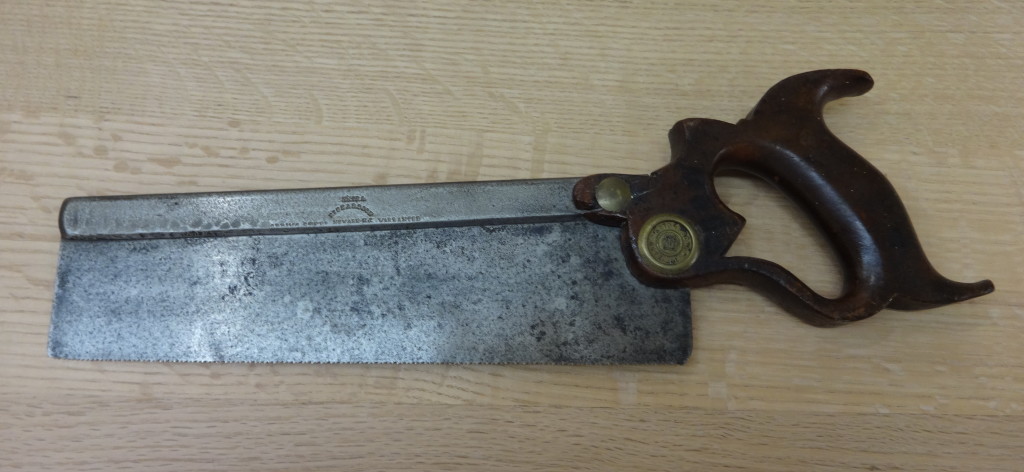
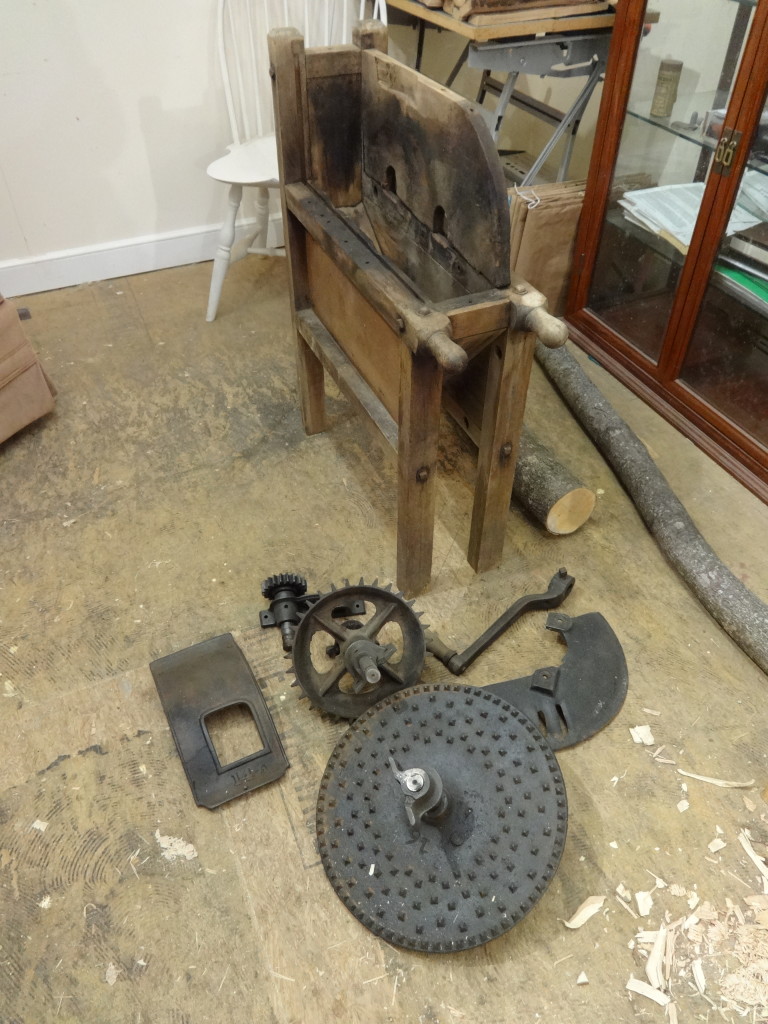


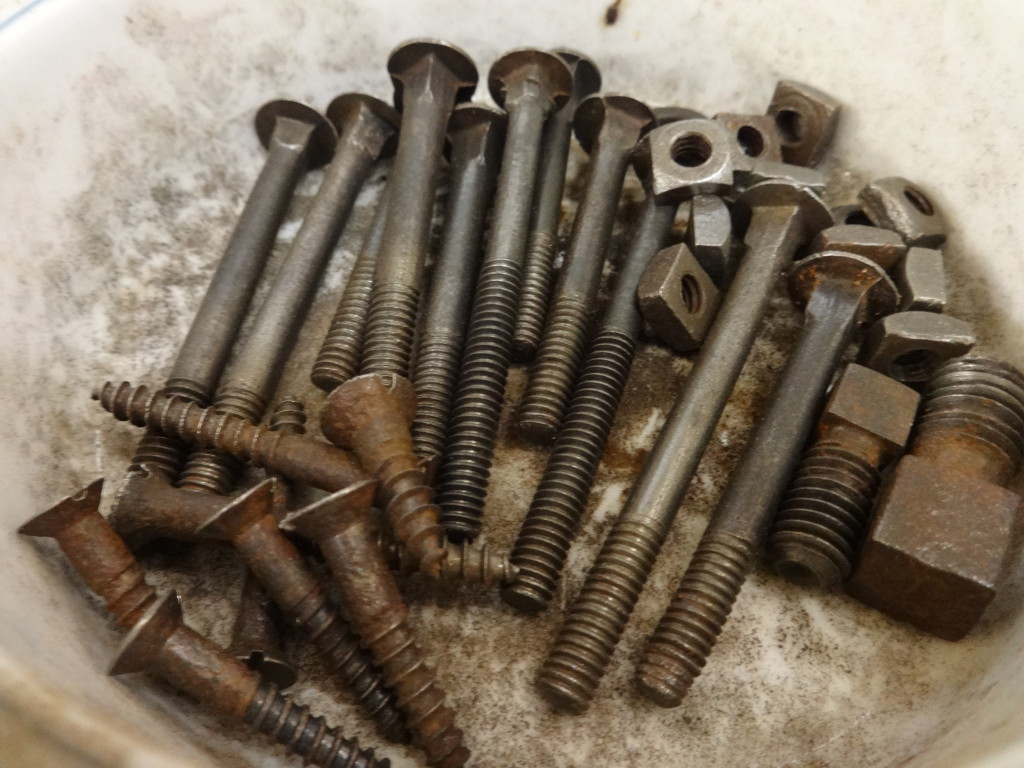

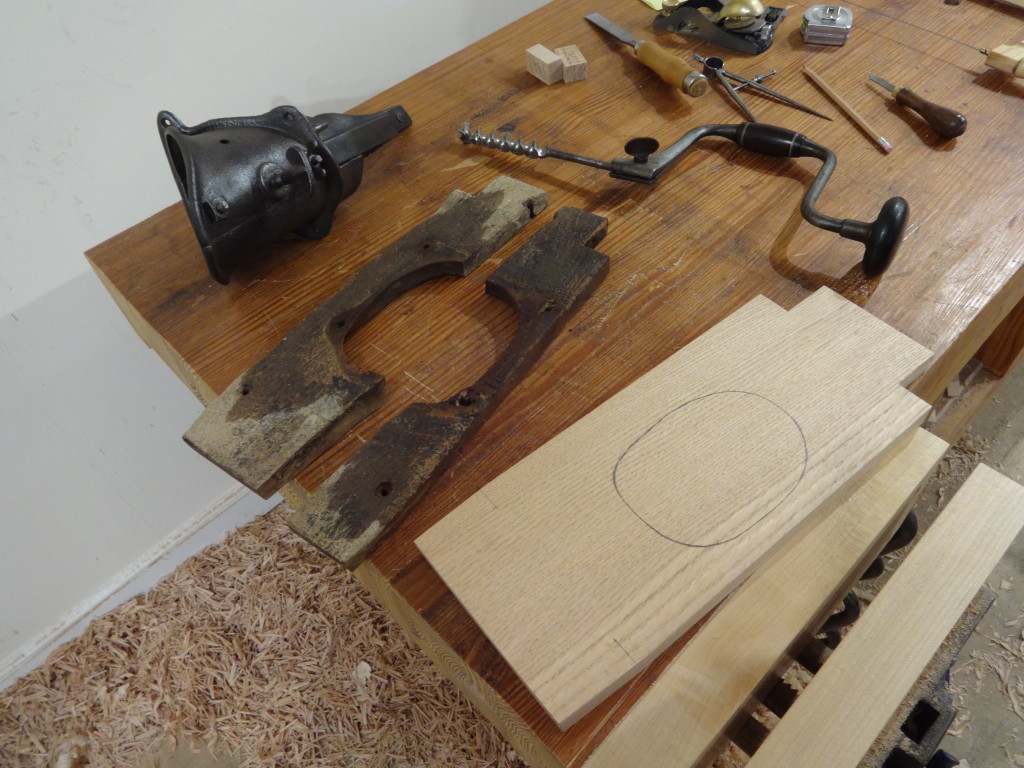
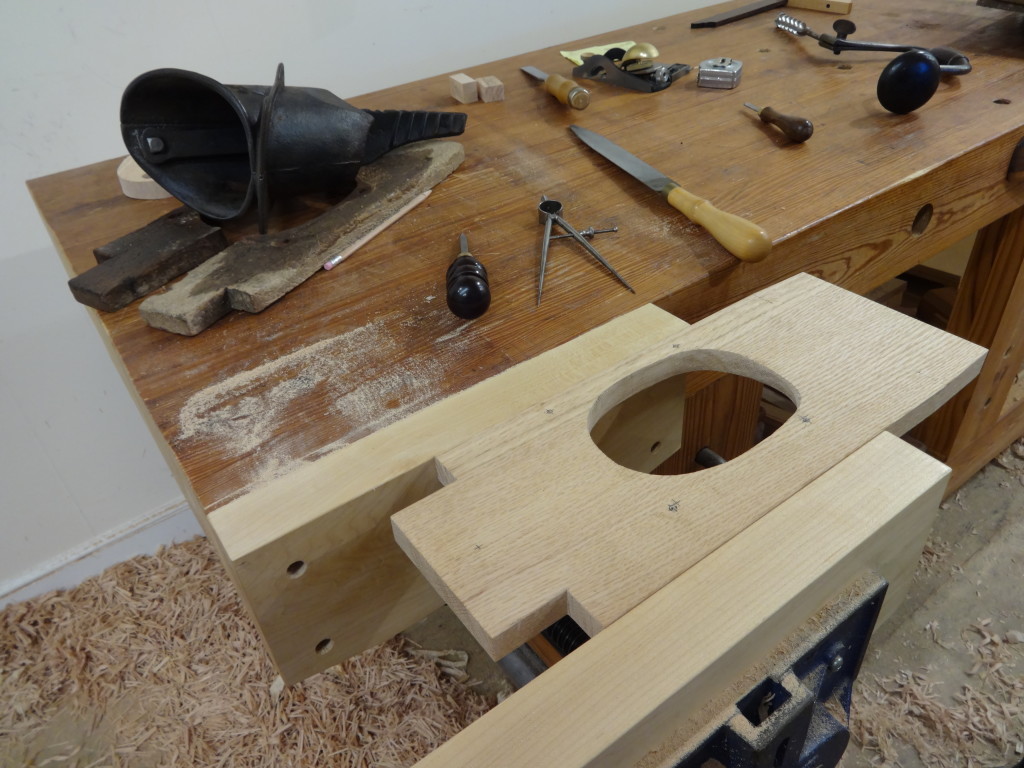
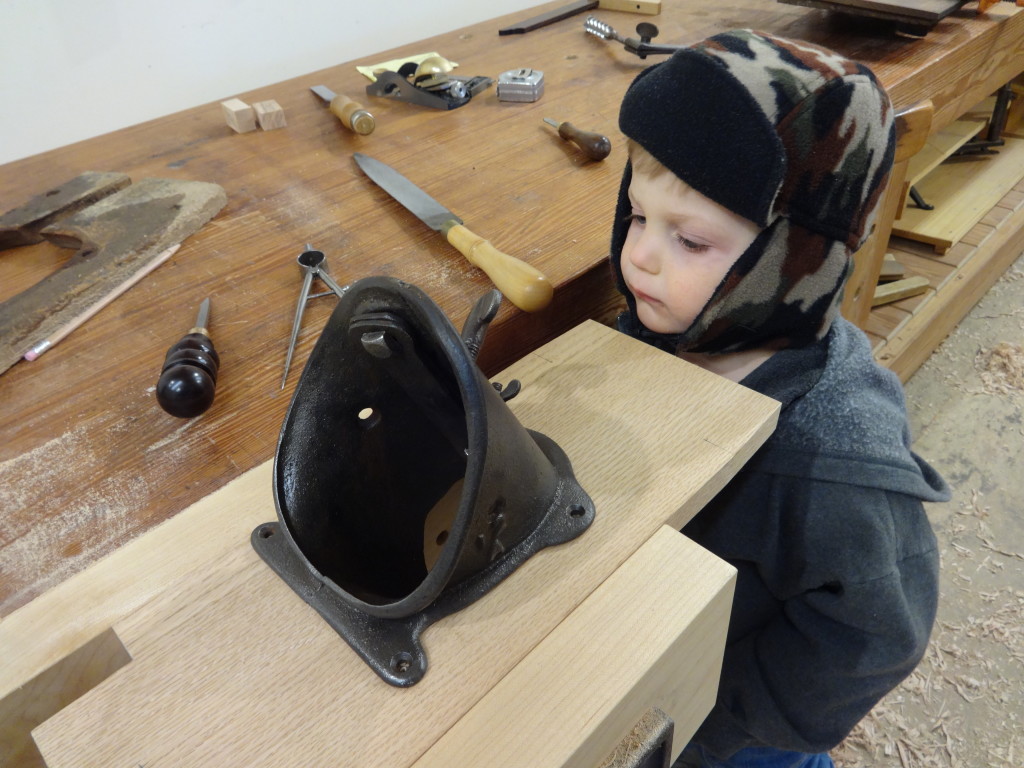
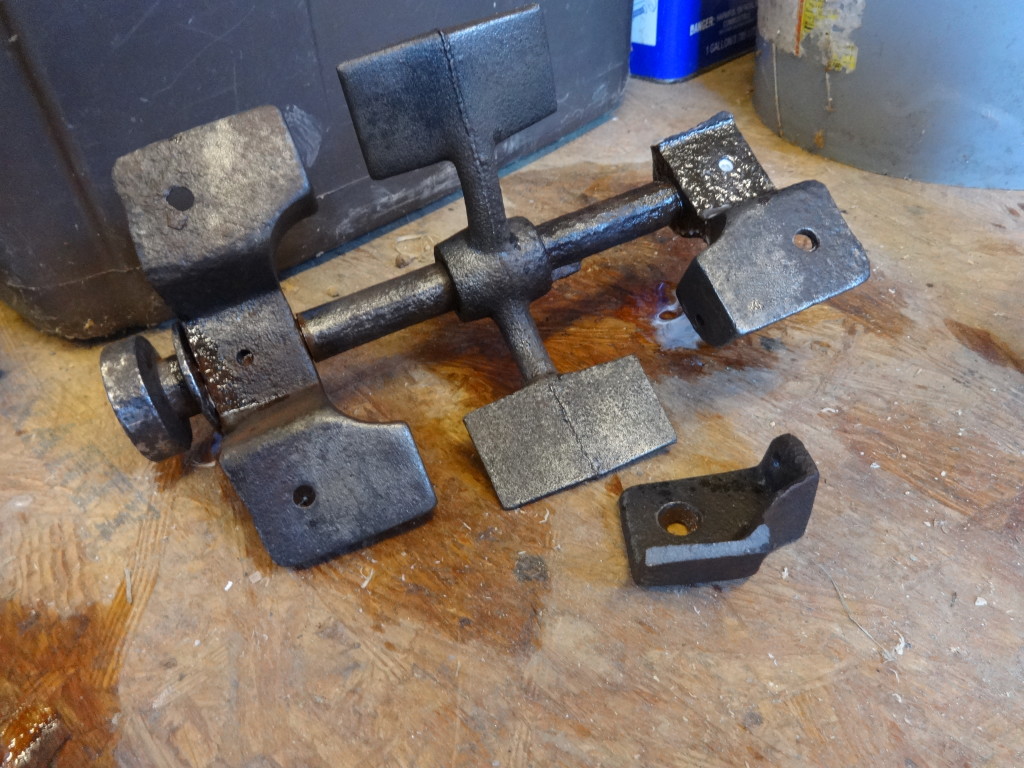

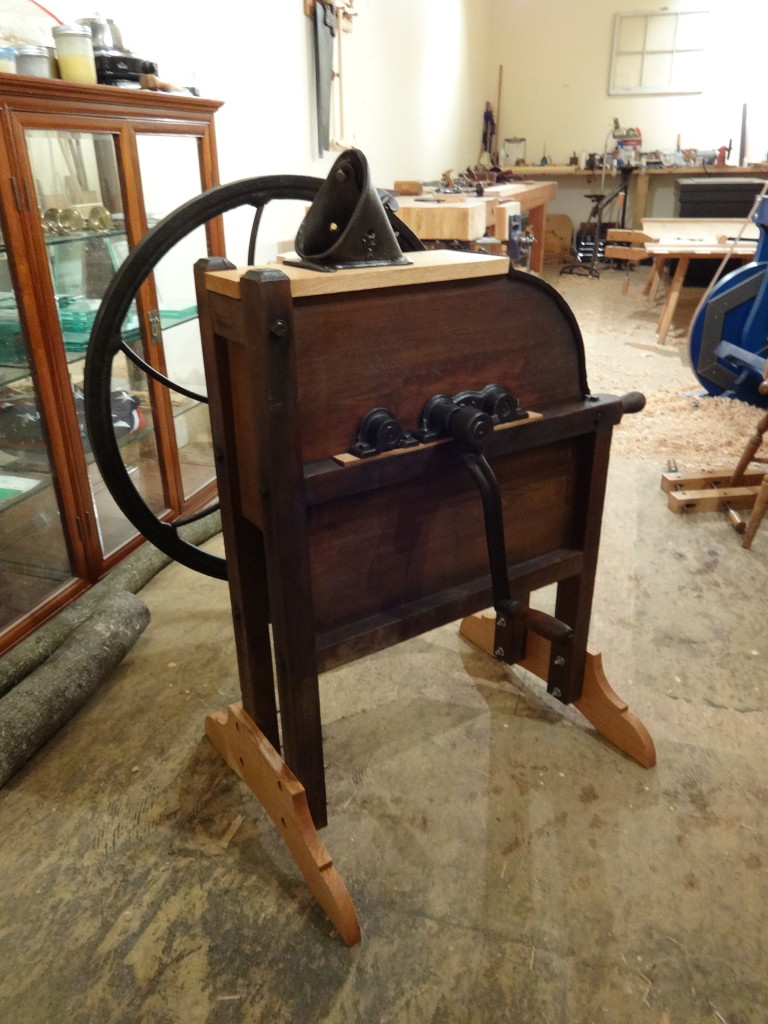
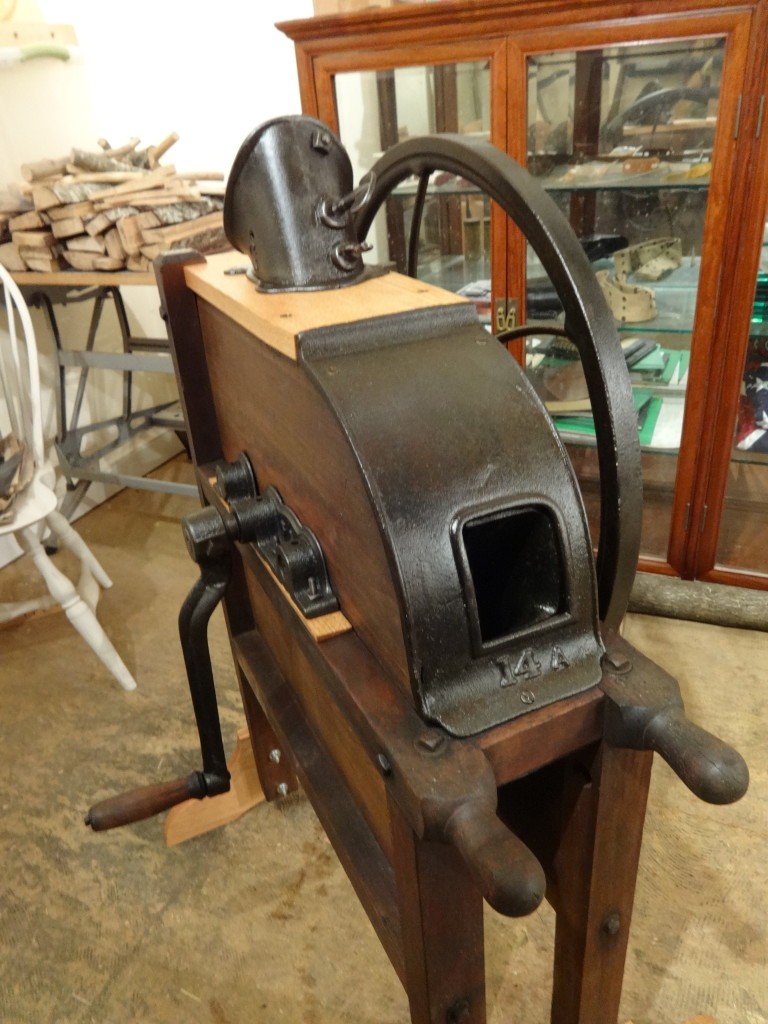

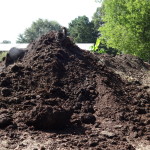

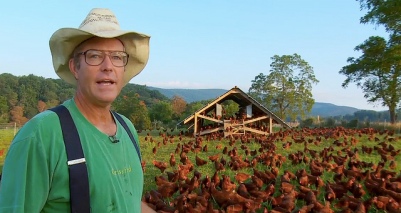 But is the answer government oversight on every decision? Does regulating every morsel of food insure its safety? Certainly not, as the number of food-borne illnesses and recalls attest. The truth is that a perfect system does not exist. Offering more freedom is risky, but so is complete governmental control. Government experts marched together telling the populace to eat trans-fats and carbs. The official USDA food pyramid probably did more to destroy America’s health than any other single official act.
But is the answer government oversight on every decision? Does regulating every morsel of food insure its safety? Certainly not, as the number of food-borne illnesses and recalls attest. The truth is that a perfect system does not exist. Offering more freedom is risky, but so is complete governmental control. Government experts marched together telling the populace to eat trans-fats and carbs. The official USDA food pyramid probably did more to destroy America’s health than any other single official act.